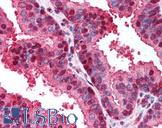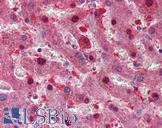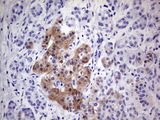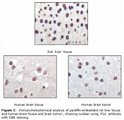Login
Registration enables users to use special features of this website, such as past
order histories, retained contact details for faster checkout, review submissions, and special promotions.
order histories, retained contact details for faster checkout, review submissions, and special promotions.
Forgot password?
Registration enables users to use special features of this website, such as past
order histories, retained contact details for faster checkout, review submissions, and special promotions.
order histories, retained contact details for faster checkout, review submissions, and special promotions.
Quick Order
Products
Antibodies
ELISA and Assay Kits
Research Areas
Infectious Disease
Resources
Purchasing
Reference Material
Contact Us
Location
Corporate Headquarters
Vector Laboratories, Inc.
6737 Mowry Ave
Newark, CA 94560
United States
Telephone Numbers
Customer Service: (800) 227-6666 / (650) 697-3600
Contact Us
Additional Contact Details
Login
Registration enables users to use special features of this website, such as past
order histories, retained contact details for faster checkout, review submissions, and special promotions.
order histories, retained contact details for faster checkout, review submissions, and special promotions.
Forgot password?
Registration enables users to use special features of this website, such as past
order histories, retained contact details for faster checkout, review submissions, and special promotions.
order histories, retained contact details for faster checkout, review submissions, and special promotions.
Quick Order
| Catalog Number | Size | Price |
|---|---|---|
| LS-A10711-50 | 50 µg (1 mg/ml) | $395 |

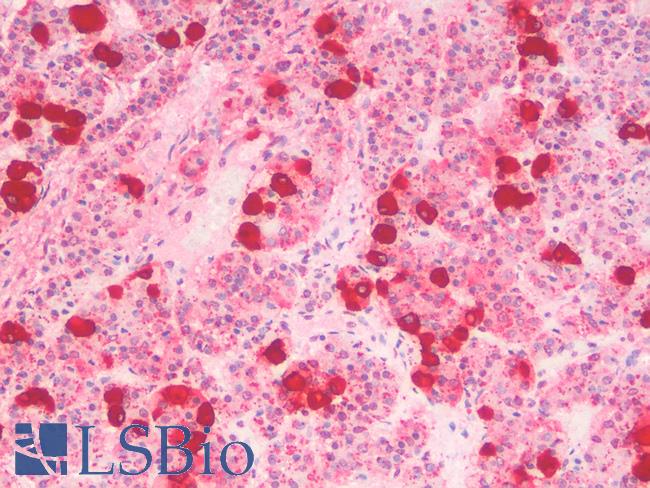


1 of 2
2 of 2
PathPlus™ Polyclonal Rabbit anti‑Human p16INK4a / CDKN2A Antibody (aa1‑60, IHC) LS‑A10711
PathPlus™ Polyclonal Rabbit anti‑Human p16INK4a / CDKN2A Antibody (aa1‑60, IHC) LS‑A10711
Antibody:
p16INK4a / CDKN2A Rabbit anti-Human Polyclonal (aa1-60) Antibody
Application:
IHC-P
Format:
Unconjugated, Unmodified
Overview
Antibody:
p16INK4a / CDKN2A Rabbit anti-Human Polyclonal (aa1-60) Antibody
Application:
IHC-P
Format:
Unconjugated, Unmodified
Specifications
Description
p16 (p16ink4a) is one of multiple independent proteins transcribed from the gene CDKN2A. p16 can prevent phosphorylation of Rb protein (RB1) by inhibiting CDK4 and CDK6, and it manages the G1 to S transition in the cell cycle via this p16-Rb pathway. Furthermore, expression of p16 is involved in regulating cellular senescence. Cancers see frequent mutation, deletion and hypermethylation of CDKN2A, or alternatively may show overexpression of transcribed p16 protein alongside knockout of its repressor RB1. Thus, both up- and down-regulation of p16 as part of the dysregulation of the p16-Rb pathway can be indicative of loss of senescent properties and a breakdown of the negative regulation of proliferation in the cell. In immunohistochemistry, p16 antibodies are frequently used when examining anogenital lesions and in the diagnosis of HPV-associated precancerous lesions. Overexpression correlates with oncogenic HPV infection, particularly alongside loss of RB expression. Typical positive staining of p16 is described as a “block” of ten to twenty cells that together show strong nuclear and cytoplasmic expression. p16 is also positive in squamous cell carcinoma, Müllerian serous carcinoma, and head and neck carcinoma, and high expression is correlated with high grade cancers. Lastly, it should be noted that p16-specific antibodies do not cross-react with p14ARF (also from CDKN2A), as these two proteins are transcribed from alternative open reading frames.
References: Park, Ben Ho et al. Holland-Frei Cancer Medicine. 6th edition. Hamilton (ON): BC Decker; 2003, URL: https://www.ncbi.nlm.nih.gov/books/NBK13507/; Int J Cancer. 2012 Apr 15;130(8):1715-25, PMID: 22025288; Cancer Res. 1994 Dec 1;54(23):6078-82, PMID: 7954450; Hum Pathol. 2017 Aug;66:144-151, PMID: 28705710
Target
Human p16INK4a / CDKN2A
Synonyms
INK4A | Multiple tumor suppressor 1 | MTS-1 | MTS1 | p16-INK4A | p16 INK4A | p16INK4A | CDKN2A | cyclin-dependent kinase inhibitor 2A
Host
Rabbit
Clonality
Polyclonal
Conjugations
Unconjugated
Purification
Immunoaffinity purified
Modifications
Unmodified
Immunogen
Peptide from within AA 1-60 of human p16ink4a / CDKN2A (P42771).
Epitope
aa1-60
Specificity
The antibody LS-A10711 recognizes human p16INK4a protein transcribed from gene CDKN2A (NP_000068.1, P42771).
Applications
- IHC - Paraffin (2.5 µg/ml)

|
Performing IHC? See our complete line of Immunohistochemistry Reagents including antigen retrieval solutions, blocking agents
ABC Detection Kits and polymers, biotinylated secondary antibodies, substrates and more.
|
Presentation
PBS, 0.1% Sodium Azide
Storage
Aliquot and store undiluted at -20°C or below for up to 1 year. Can be stored undiluted at 4°C for up to 1 month. Avoid freeze-thaw cycles.
Restrictions
For research use only. Intended for use by laboratory professionals.
Validation
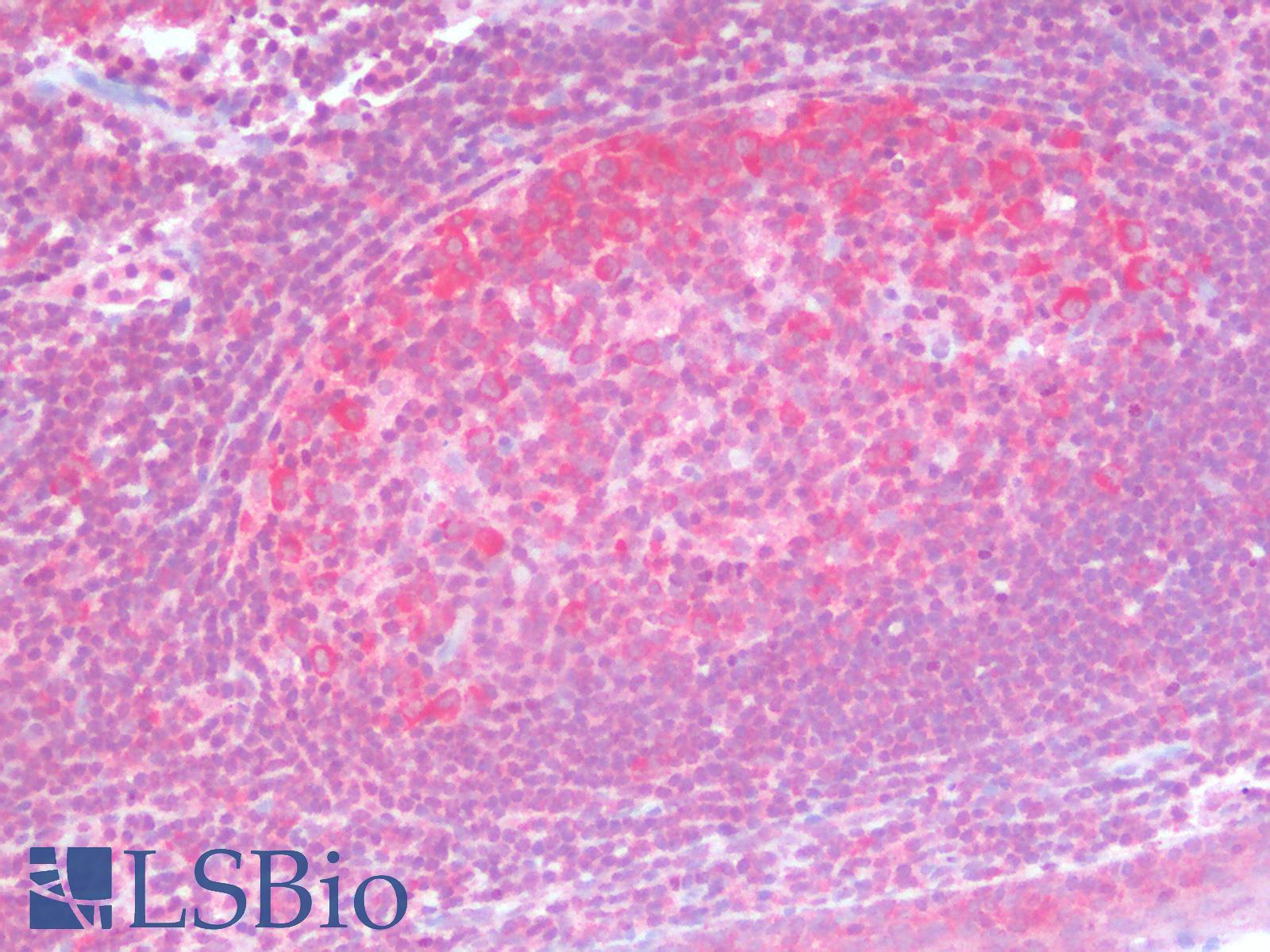
Human Tonsil: Formalin-Fixed, Paraffin-Embedded (FFPE)
Human Tonsil: Formalin-Fixed, Paraffin-Embedded (FFPE)
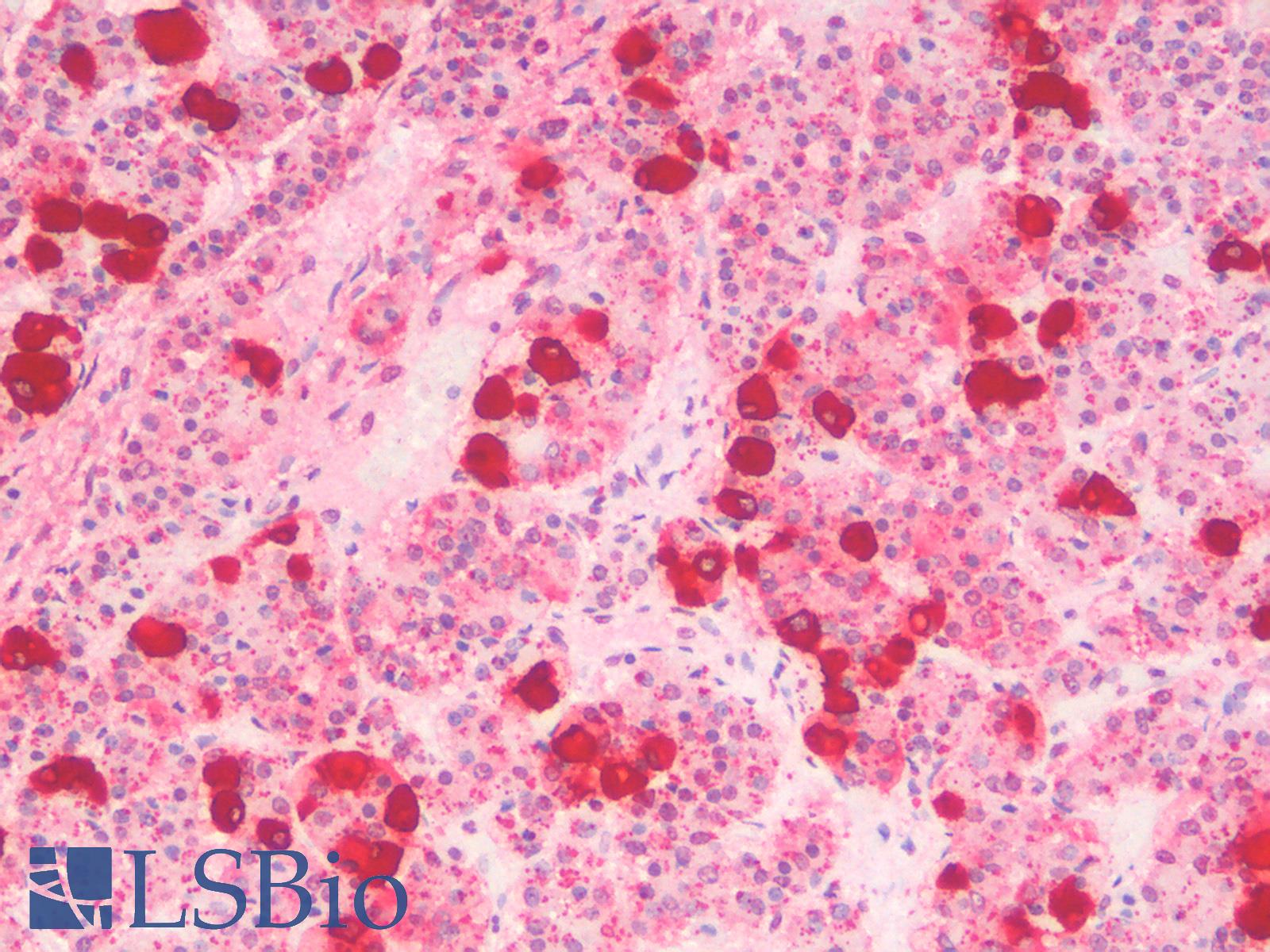
Human Pituitary: Formalin-Fixed, Paraffin-Embedded (FFPE)
Human Pituitary: Formalin-Fixed, Paraffin-Embedded (FFPE)
See More About...
LSBio Ratings
PathPlus™ p16INK4a / CDKN2A Antibody (aa1-60) for IHC LS-A10711 has an LSBio Rating of
Laboratory Validation Score (5)
Learn more about The LSBio Ratings Algorithm
Publications (0)
Customer Reviews (0)
Featured Products
Species:
Human
Applications:
IHC - Paraffin, IHC - Frozen
Species:
Human, Mouse, Rat
Applications:
IHC, IHC - Paraffin, Immunofluorescence, Western blot, ELISA
Species:
Human
Applications:
IHC, IHC - Paraffin, Western blot, Immunoprecipitation, ELISA
Species:
Human
Applications:
IHC, IHC - Paraffin, Western blot, Peptide Enzyme-Linked Immunosorbent Assay
Species:
Human
Applications:
IHC, IHC - Paraffin, Western blot
Species:
Human, Rat
Applications:
IHC, Western blot, ELISA
Request SDS/MSDS
To request an SDS/MSDS form for this product, please contact our Technical Support department at:
Technical.Support@LSBio.com
Requested From: United States
Date Requested: 4/12/2025
Date Requested: 4/12/2025




